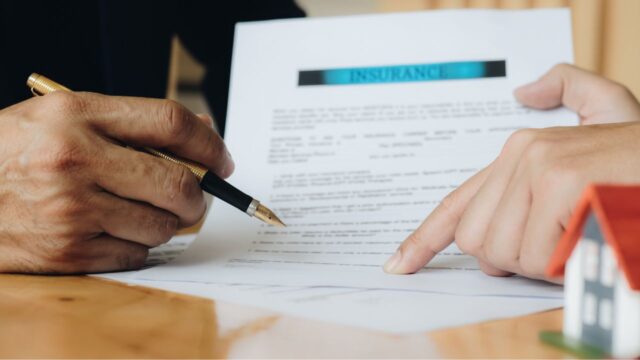
The Balance Sheet and Trial Balance
A balance sheet is a financial statement that shows the assets and liabilities of a company. For example, Sally’s Sweaters has $5,000 in the bank and another $5,000 in accounts receivable. She also owns $2,000 in equipment and $3,000 in raw materials. Considering the amount of these assets and liabilities, the business should have total liabilities of $5,000. But, if the company only has $5,000 in cash and no sales, it will be in a financial mess.
Current liabilities
While long-term debts and obligations are generally easy to identify, current liabilities are items that are due to be paid within one year. This portion of the liabilities must be applied to all items in the balance sheet and trial balance. The current part of the long-term liability is separately presented in the Current Liabilities section. This section includes all accounts payable, accrued expenses, and unearned revenue. Non-current liabilities are those that are not due for more than 12 months.
Other current liabilities include customer deposits (an advance for future work). Income taxes payable are taxes due to the government and lenders. Dividends payable are owed to shareholders. A company may also have consumer deposits and loans that must be repaid. These are all part of the current liabilities of a company. Then, in addition to long-term liabilities, there are other forms of current liabilities, such as cash deposits and accounts payable.
Accounts payable
Accounts payable are short-term liabilities that a company has to make in order to conduct its business. The total liability of accounts payable is divided into two parts: accrued and payable. The first part is a balance that will be due within twelve months or less. The second part is a liability that is due within twelve months. Both are recorded as a credit or debit on the balance sheet. However, the latter is more likely to be short-term, with a term of 90 days or less.
The second part is to understand how account payable affects a business’s financial statements. Accounting professionals know that accurate account payable balance sheet entries are crucial for making financial reports, calculating cash flow, and protecting relationships with vendors. Fortunately, accounting software such as QuickBooks makes it easy to manage accounts payable. By automating the process, a company can scan and post invoices into the accounting system and pay them electronically, conserving cash and maintaining good vendor relationships.
Unearned revenue
What is unearned revenue? This type of revenue is not actually earned until the goods or services are delivered. It represents a liability and goes into the current liability section of the balance sheet. Companies that sell goods or services on credit will often record unearned revenue in accounts receivable. This type of revenue is not yet received, but will be delivered within a year. Unearned revenue is also referred to as prepaid revenue, deferred revenue, and unearned income.
For example, an office may pay a lawn care company $1,000 over a year, but the company receives only half of the services. If the service provider only performed half of the services, the company will adjust its account by $250 for the first three months of the year. In this case, unearned revenue is $750, and a credit to the sales revenue account equals the debit. During a quarter, the company receives nine thousand dollars in cash.
Deferred revenue
Expenses and other deferred revenue are two categories of business debt. A business may accrue these expenses and revenue over time, which is called deferred revenue. For example, a company may pay out performance bonuses and record those payments as a liability, even though they are not yet due. Another example of an expense is a monthly bonus that a company might give to employees. The business should record these bonuses as a liability, as they are an expense and can become an expense in the future.
Another common method is to record deferred revenue as a liability on the balance sheet. This is because the company owes a customer the payment for the product or service, which is not yet delivered. If the customer fails to pay, the payment is still considered a liability. The business should record deferred revenue as a separate line item, and should be separately recorded from accounts receivable and accounts payable.


































